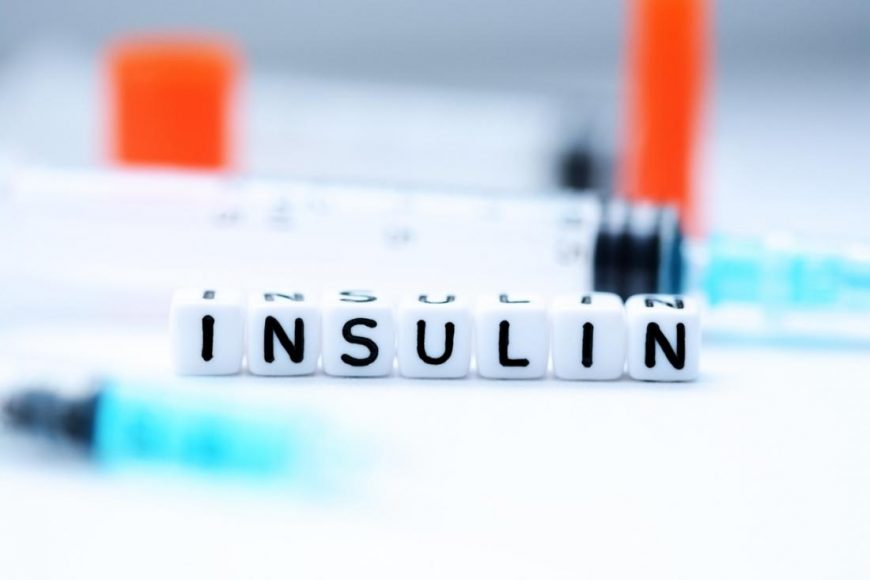Discovered in 1921 by Frederick Banting and Charles Best, insulin is the hormone that allows glucose (sugar) to get into the cells of our body that need glucose for energy. Insulin is produced by the beta cells of the pancreas which reside in specialized structures called the islets of Langerhans in the pancreas.
Every living mammal needs insulin to survive. Humans, cats, dogs, pigs, cows, and even dolphins all need insulin to maintain healthy blood sugar levels. Without enough insulin, your blood sugar can rise to dangerously high levels.
Malfunctions in Insulin Production and Utilization: A Hallmark of Diabetes
People with pre-diabetes or type 2 diabetes do not make enough insulin, or their bodies are unable to make use of the insulin they are producing. Insulin resistance is commonly an aspect of pre-diabetes and type 2 diabetes in which the body needs more and more insulin to do the job of maintaining healthy blood sugar levels that it used to do with a lesser amount of insulin.
People with type 1 diabetes make very little or no insulin because the part of the pancreas that is responsible for producing insulin is continuously attacked by their immune-system, making this form of diabetes an “autoimmune disorder.”
People with type 1.5 diabetes, also known as LADA, are essentially type 1 diabetics who are very gradually producing less and less insulin over time and may also experience some insulin resistance, similar to type 2.
You can click on these links to learn more about the stages of type 1 diabetes and type 2 diabetes development and progression.
How Exactly Does Insulin Work?
An easy way to think of insulin is to remember that it is the “key” necessary to unlock a cell so that sugar can enter it and be used for energy instead of staying in the bloodstream where the excess damages cells.
What happens is that insulin is released into the bloodstream by the pancreas in response to blood glucose levels. The insulin travels throughout the body and binds to specific receptors (insulin receptors) on the surface of multiple cell types.
After the insulin binds, the receptor changes its shape and in turn transmits a complex intracellular signaling cascade. What results is the activation of the translocation of specific glucose transporters (called GLUTs) to the cell surface. It is these proteins that allow glucose to enter the cells.

Illustration by Maria Muccioli
While insulin is the primary activator of GLUT transport to the cell surface, GLUTs can also be directly activated by other processes, such as exercise. This is one reason why exercise results in improved insulin sensitivity – with the direct upregulation of GLUTs, less insulin is needed to reduce blood glucose levels.
Insulin Therapy
All individuals with type 1 diabetes and some with type 2 diabetes administer insulin via injection or infusion (or sometimes via an inhaler) to help regulate blood glucose levels. The insulin therapy doses must be carefully adjusted based on a multitude of variables, including patient’s age, weight, activity level, food intake, other medications, and stress levels, among others.
Conclusions
Undoubtedly, insulin is a very powerful hormone that is essential to the survival of many species. The discovery of insulin and improvements in insulin production and purification practices have allowed millions of people with diabetes to live relatively normal lives.

